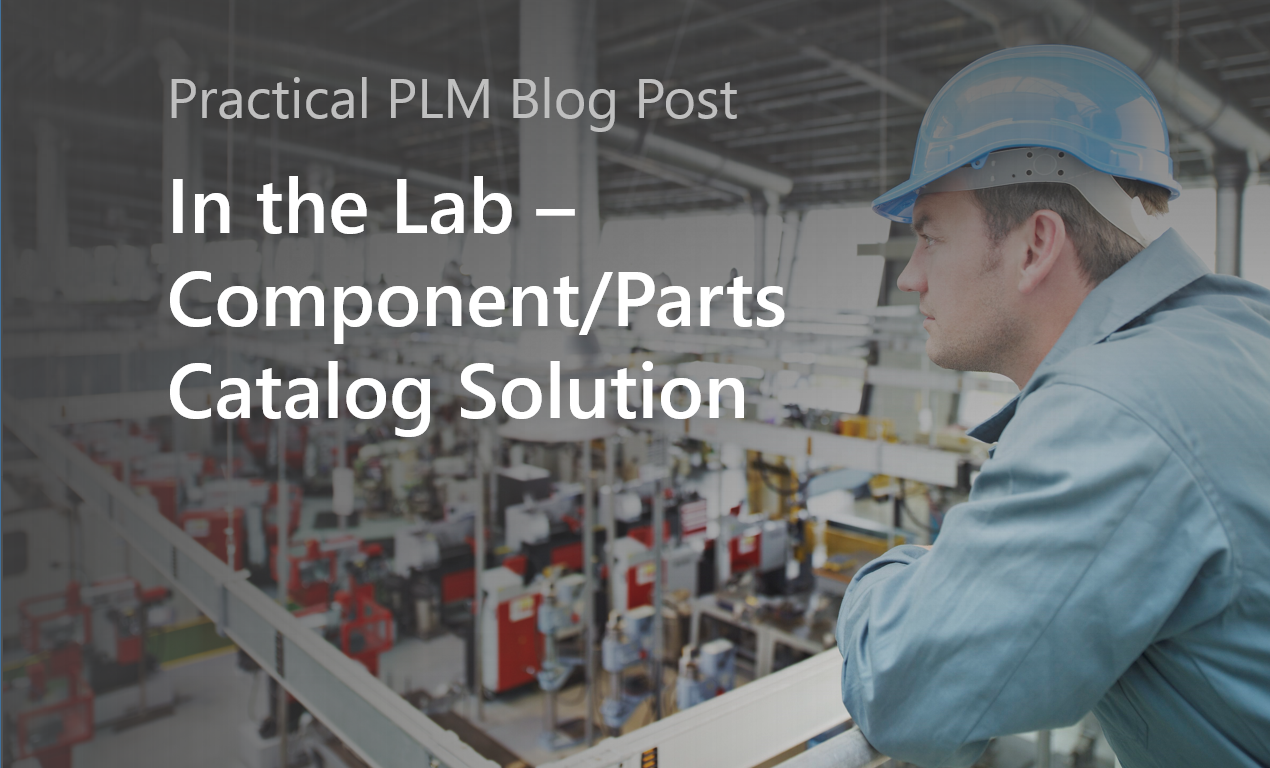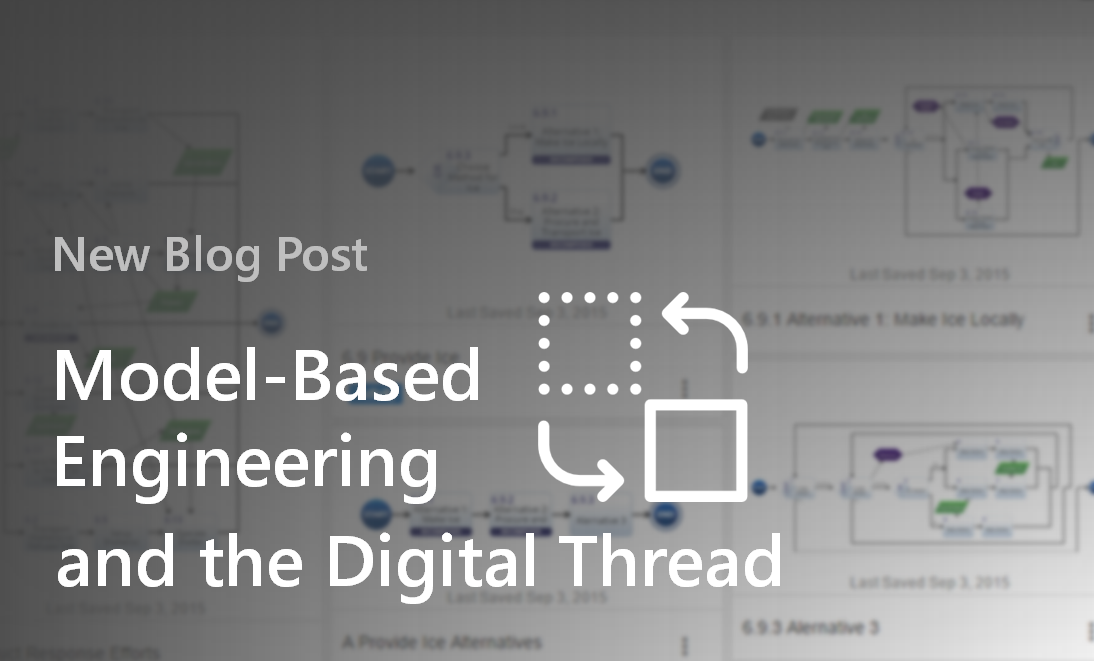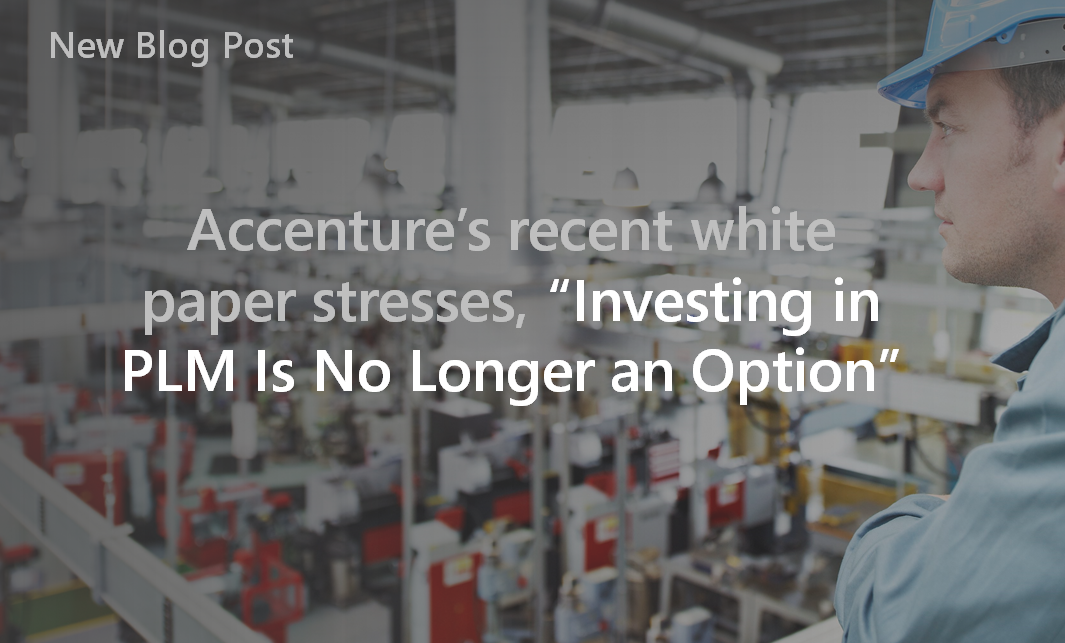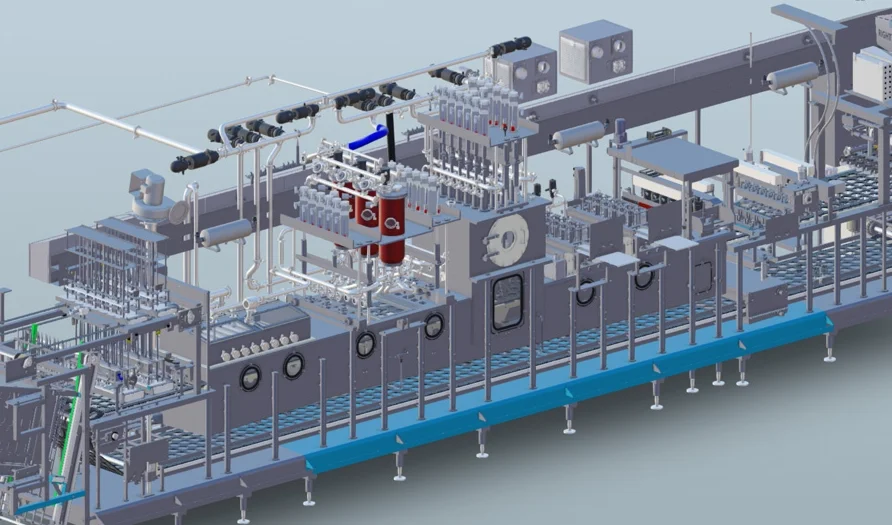Process Automation and Next Generation PLM
/For the last couple of decades, technologies in the product lifecycle space have been point- solutions oriented. Think configurators, CAD systems, PDM, document management like SharePoint, FEA, ERP, etc. In reality, these point solutions have simply reinforced existing information silos that make the “digital twin” concept a fantasyland.
Read More










